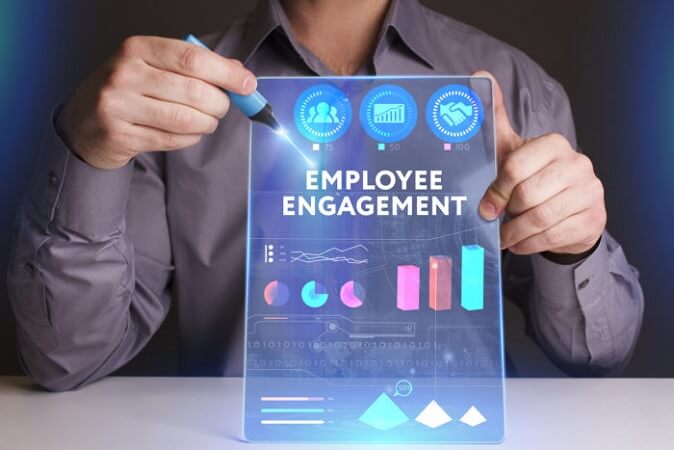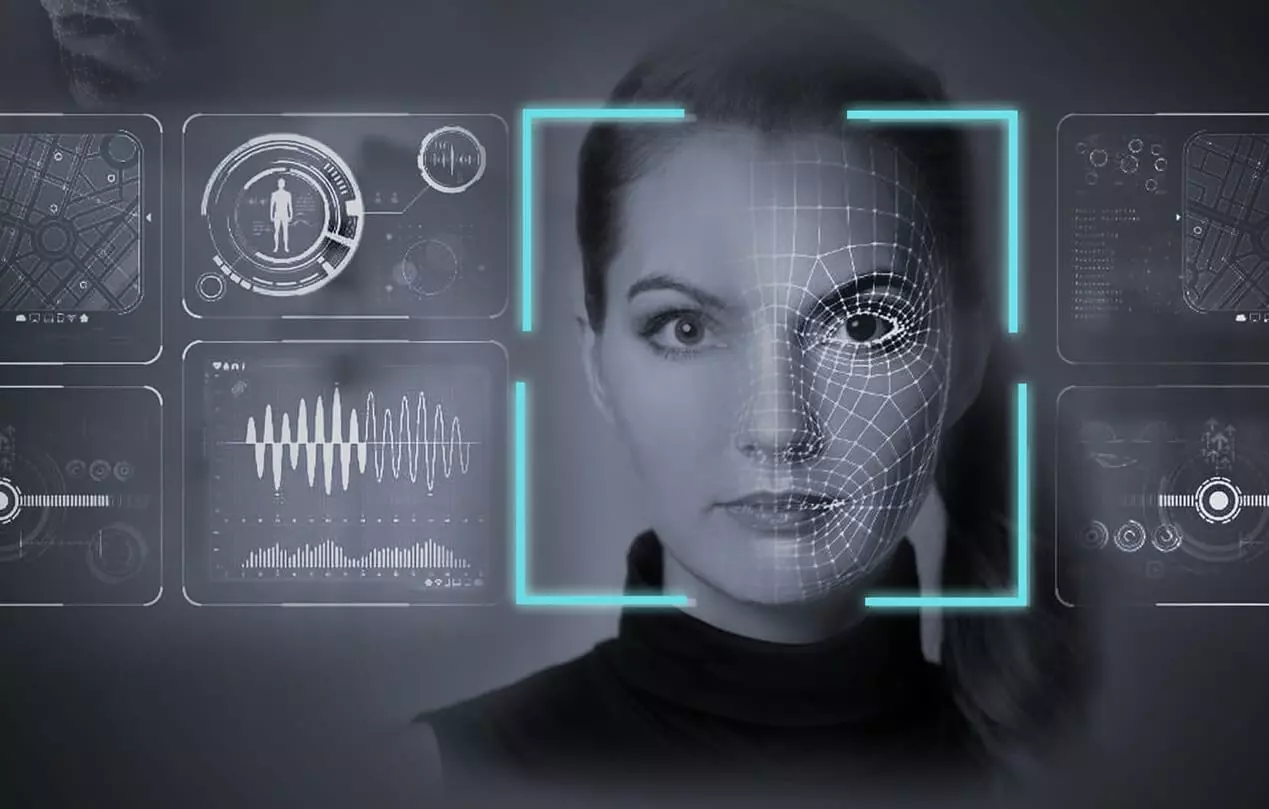The adoption of Artificial Intelligence (AI) is imminent in various sectors of industry and life in general. This technology is no longer a field of study with unique academic value and is increasingly part of the core of the next great technological revolution due to its ability to adapt to different industries.
Chatbots have already begun to integrate into different sectors. In fact, by 2020, 84% of companies will consider the use of this new technology essential if they want to stay current and competitive in their market, according to the study "Be smarter every day: How AI is raising the performance of global companies ”, prepared by the company Tata Consultancy Services (TCS).
Human resources departments are especially benefited by working with AI. Many companies store employee selection and curriculum data as well as their performance information over several years. This data can be used, for example, to search for similar patterns in candidates in the selection processes or to generate algorithms that detect people with high risk of leaving early.
For Gustavo Parés, director of artificial intelligence company NDS Cognitive Labs, human resources teams are already envisioning a future in which AI plays an essential role in personnel strategy and decision-making.
"Today, it is crucial to make the leap from the traditional to the digital world and from the digital to the cognitive, so starting to integrate these technologies into the workplace is key for business and for transforming the world in which we live," Parés said. .
In addition, AI provides information for key areas, such as employee productivity or their involvement in different activities. This will help HR teams understand and predict trends in their workforce and improve in critical sectors.
Here are some of the ways AI can support HR areas, according to NDS Cognitive Labs:
1. Smart training programs
Most modern training programs, especially those automated with software, include some form of quiz or questionnaire, both to help employees recap what they have learned and to measure overall effectiveness of the program.
AI-developed tests can extend beyond the basic question-and-answer format. This talent acquisition software can scan, read and evaluate applicants and filter out those who do not meet the requirements during the recruitment process.
These teaching tools improve over time and are specially designed to help companies achieve the best results, based on a committed workforce aligned with the company's objectives.
2. Improve relationships with existing employees
Human resource management has been completely transformed thanks to the digital connection. Helped, for example, to decrease the staff turnover rate and increase the retention rate, among other improvements.
One of the great advantages of process automation is that it can save the time of the members of the HR area. The task that an employee spends hours performing could be reduced to minutes through automation, allowing their work to focus on more creative and strategic tasks, such as recruiting staff.
The fact of freeing employees from performing certain tasks will lead to an increase in the productivity of organizations in a short time due to the incorporation of AI in Human Resources. Additionally, employees become more active and motivated, lowering the risk of a high turnover rate.
Also, AI could play a role in other, more mundane, HR tasks. For example, the x.ai company recently launched "Amy", a personal assistant that automates the meeting scheduling process. There's also the HireVue case, which helps automate the employee training process.
3. Logistics and wear patterns
AI is also used to predict outcomes within various aspects of an organization's operation. Companies like Walmart use this technology to optimize the supply chain to forecast price trends, among other uses.
IBM, with Watson's technology, is working to build a predictive model for companies that will detect the most typical reasons that contribute to employee burnout. Thus, you will generate a score for each employee based on the calculated probability of quitting their job due to burnout.
This predictive model can play a critical role in detecting potential talent leaks and relieving pressure from workers within an organization.


